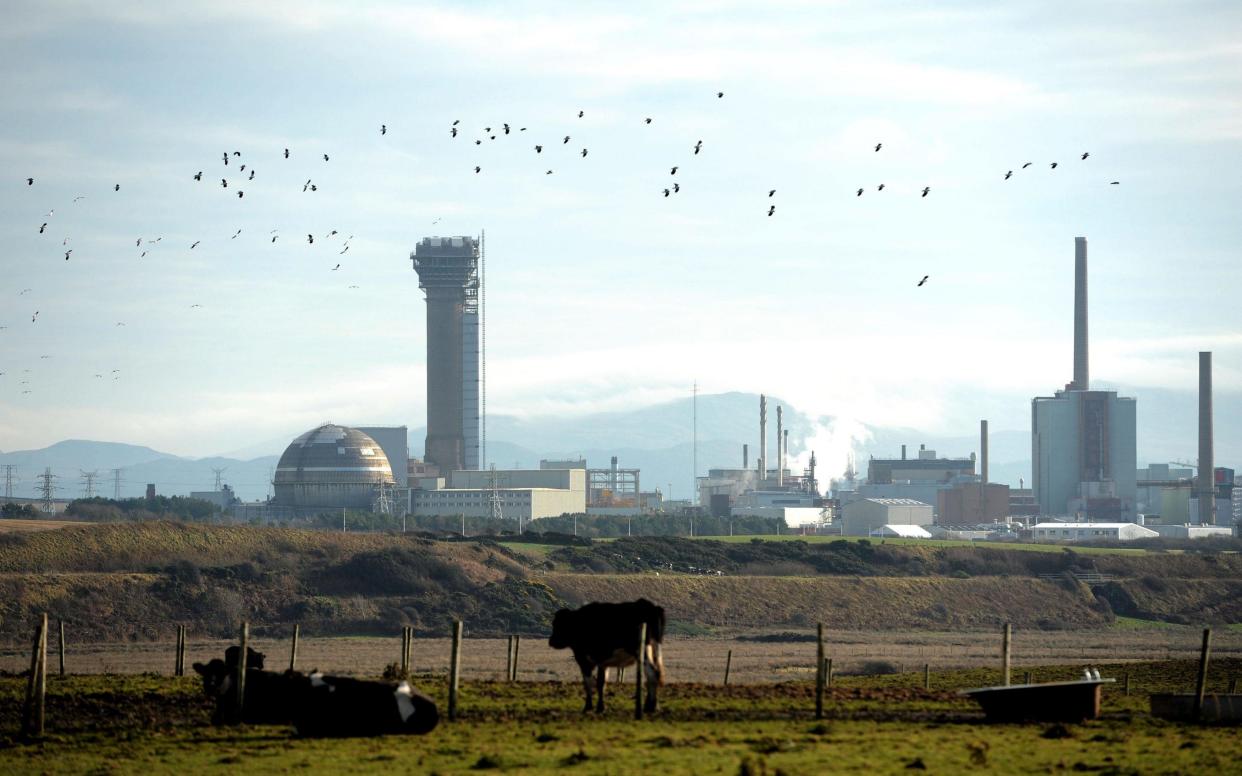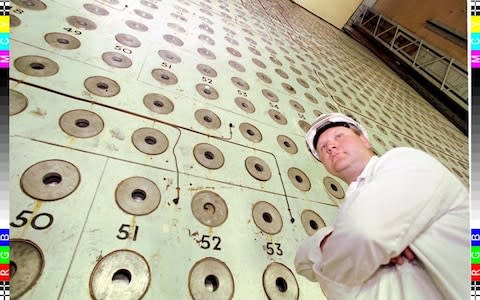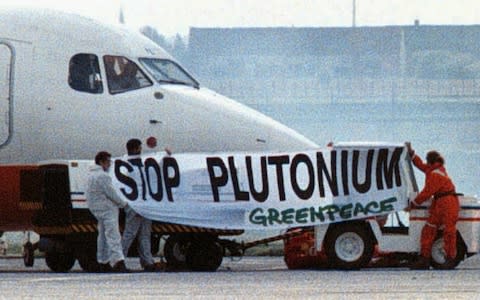Sellafield plutonium 'decaying faster than anticipated' and is 'intolerable risk', warns National Audit Office

Highly dangerous plutonium canisters are “decaying faster than anticipated” at the Sellafield nuclear plant and present an “intolerable risk” if they started to leak, the spending watchdog has warned.
Government scientists have now agreed to spend an extra £1billion to make them safe by wrapping them in packaging, the National Audit Office said today.
Britain has the largest amount of civil plutonium – a bi-product of nuclear fuel reprocessing – in the world, around 40 per cent of the global total.
Most of the plutonium is stored at Sellafield in Cumbria, where it is managed by the Nuclear Decommissioning Authority (NDA).
The problems have occurred because some of the plutonium canisters are judged to be “unsuitable” for storage in a new facility which only opened in 2012, the NAO said.
Staff are now racing against the clock to build a new £1.5billion facility – and are having to make contingency plans for the next two years while the new depot is constructed.

The NAO report – titled ‘Progress with reducing risk at Sellafield’ - said: “Some canisters that have already been transferred into modern storage will have to be repackaged through the SRP [t he residue store retreatment plant] facility to ensure they do not degrade."
The report adds: "A leak from any package would lead to an ‘intolerable’ risk as defined by the Office for Nuclear Regulation.
"The NDA has therefore decided to place the canisters more at risk in extra layers of packaging until SRP is operational.
"It has not yet submitted a new business case to support these contingency arrangements."
According to the NDA when a risk to a scheme becomes “intolerable” it means “reducing that risk becomes the overriding factor (over other factors such as cost) and requires immediate action”.
Amyas Morse, head of the National Audit Office, said: “The improvements in reducing risk at Sellafield are encouraging, but the scale of the challenge is very great and the Department could be doing more to support the NDA through better governance and oversight of performance.”
“The NDA, for its part, needs to do a better job of explaining what progress it has made and what it will achieve over the next two to four years so Parliament can hold it to account.”

Dr Doug Parr, chief scientist for Greenpeace UK, said: “In some ways it is fortunate that this failure was detected whilst the plutonium was still accessible, and the cost of patching the canisters is only £1billion.
“If an inaccessible deep waste dump were to fail in a similar way, who knows what the full cost might be?"
A spokesman for the NDA refused to say how many of the canisters are decaying more quickly than they had expected “for security reasons”, adding it was only a “small proportion” of the total number.
Costs had ballooned by £1billion because of the complexity of “repackaging plutonium into a store where it can be stored safely for around 100 years”.
David Peattie, the NDA’s chief executive, said the report meant “there is still much more to be done, including on how we better evaluate and demonstrate progress.
“The recommendations of this report will inform and support our on-going work to improve and strengthen the role of the NDA and continue our upwards trajectory of progress at Sellafield and across our other 16 nuclear sites.”

 Yahoo News
Yahoo News 
